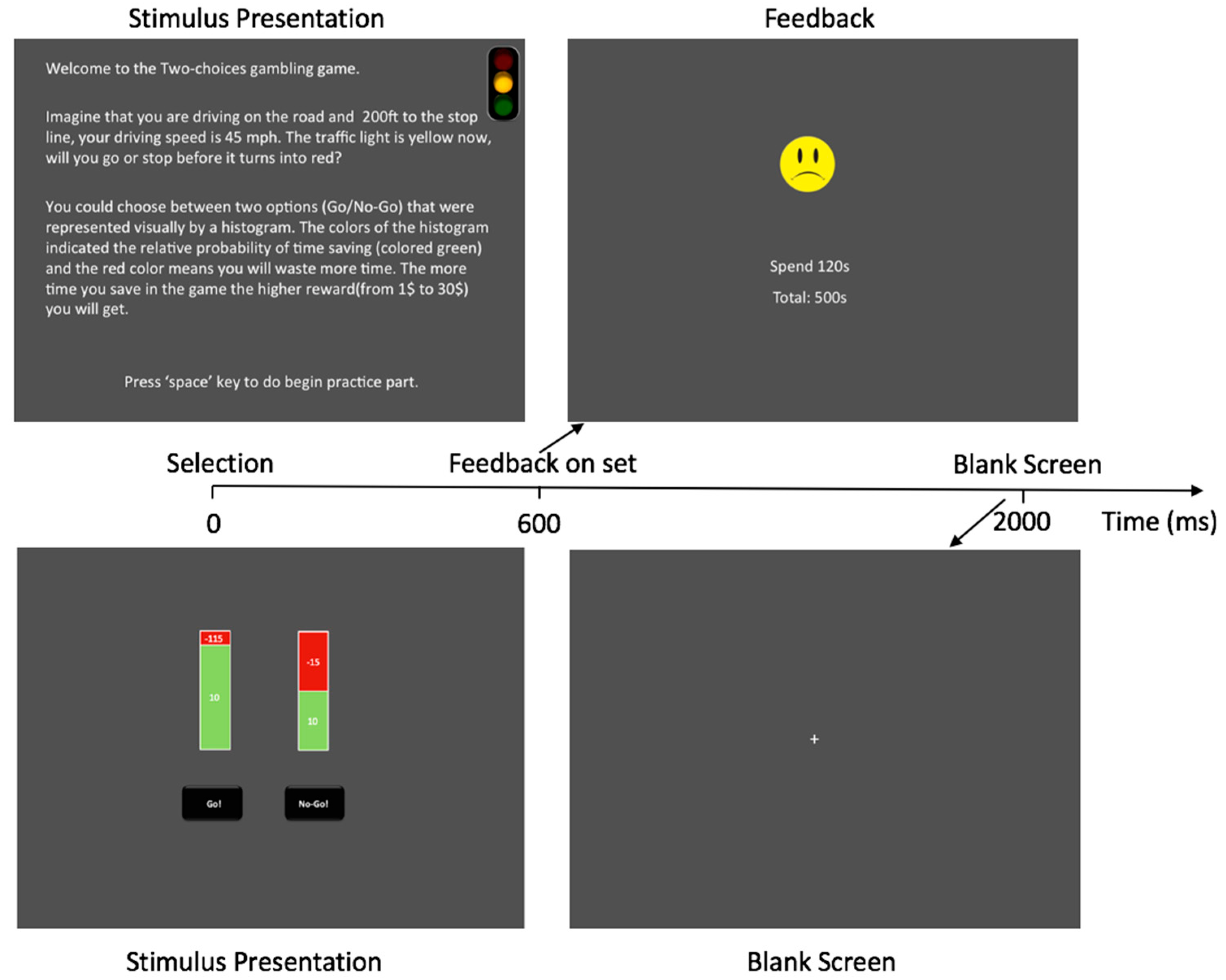

NOTE: only have to worry about this is have more than 2 conditions in any IV. If Mauchly’s test is sig (p<.05), assume sphericity assumption violated, and use one of the corrections (GG, HF, LB). Make a template!ġ4 SPSS output for 1-way between-Ss ANOVA So omega takes this into account =ġ1 SPSS output for 1-way between-Ss ANOVAĮffect error Trick: paste into excel HINT: paste the SPSS output into Excel!. (?) Dfeffect: # groups in IV manipulation (minus 1). 266 I used the alternate form of the formula because it allowed for better consistency across different designs. Overall effect size (we’ll get to partial in a minute) All values needed are obtained from ANOVA table Omega squared for different effects, designs: numerator has same general form, just swap in appropriate SS and MSerror (MSE different for differnet effects) Alt formula from Olejnik & Algina (2000) p. 14 No equivalent in regression Rough guideline of small/med/large. in DV accounted for by IV Way less biased than η2 (will be smaller) Partial omega squared Issues: Not reported by SPSS Can turn out negative (set to 0 if this happens) Formula slightly different for different designs Put a hat on it (ESTIMATED) small. Omega squared ω2 INFERENTIAL: estimates population effect size Prop. Also may be called correlation ratio Partial eta: partials out variance accounted for by other factors in design Eta squared also sometimes referred to as R squared. A comparison of various strengths of association measures commonly used in gerontological research. Bulletin of the Ecological Society of America, January, C. Regression, ANOVA, and estimates of effect size. accounted for by one particular IV Range: 0-1 Problems: η2 is descriptive of the SAMPLE data Biased: overestimates population effect size Especially when sample size is small Refs for ANOVA vs Regression effect sizes: S. No equivalent, but could be done Camp & Maxwell 1983 possible R^2 analogue to omega squaredĮquivalent to R2 in regression! Eta squared η2 Proportion of variance in DV accounted for by IV(s) Partial eta squared η2partial For designs with 2+ IVs Prop. effect size for a z-test of differences is just the z statistic itself, since it is already a standardized difference of means.ħ ANOVA vs Regression Eta squared.

=COUNT(D2:D9)-1 Then just plug the values into a formula in ExcelĮffect size for a SINGLE-SAMPLE t or z test is just the sample mean divided by the sample SD. Note: formula uses the adjusted variance ( =VAR() ), not the raw variance ( =VARP() ). It’s based on using N-1, instead of N.ĥ Then just plug the values into a formula in ExcelĬondition A Condition B 0.5 0.25 0.75 1 mean 0.28 0.47 Variance (adjusted) 0.07 df 7 =AVERAGE(D2:D9) =VAR(D2:D9) Do the same for between or within Ss. “Effect sizes for comparisons of means are reported as Cohen’s d calculated using the pooled standard deviation of the groups being compared (Olejnik & Algina, 2000, Box 1 Option B).” Note this is not the raw variance of the sample, but rather the variance adjusted to be an unbiased estimator of the population variance. Practically, you won’t usually see d values more extreme than around, say 1.25. effec size for a z-test of differences is just the z statistic itself, since it is already a standardized difference of means. DEAL WITH ITģ Effect Sizes to use Comparison of means (t test): Correlation:Ĭohen’s d Calculate using Pooled SD (I’ll demonstrate) Correlation: r is its own effect size! (or r2, whatever) Regression: R2, R2change, R2adjusted ANOVA: Eta squared η2 Omega squared ω2 Standardized Difference Proportion of Variance Explained “Strength of Association” (Hays) Cohen’s d: a standardized difference measure R^2 squared multiple correlationĤ Effect size for comparing two groups: Cohen’s dīetween-Ss or within-Ss t-test Effective range: -3 to 3 Use pooled SD, and say that’s what you did! Cortina & Nouri Eq 1.1 Olejnik & Algina 2000 p245 Keppel & Wickens 2004 p160 (via Fritz, Morris, & Richler, 2012) Note: effect size for a SINGLE-SAMPLE t or z test is just the sample mean divided by the sample SD. If you don't believe that effect sizes are awesome you better get a life right now or they will chop your head off!!! It's an easy choice, if you ask me.

Finley Mon April 1st, 02013 Created and presented while post-doc at Washington University in St. 1 Effect Size Tutorial: Cohen’s d and Omega Squared


 0 kommentar(er)
0 kommentar(er)
